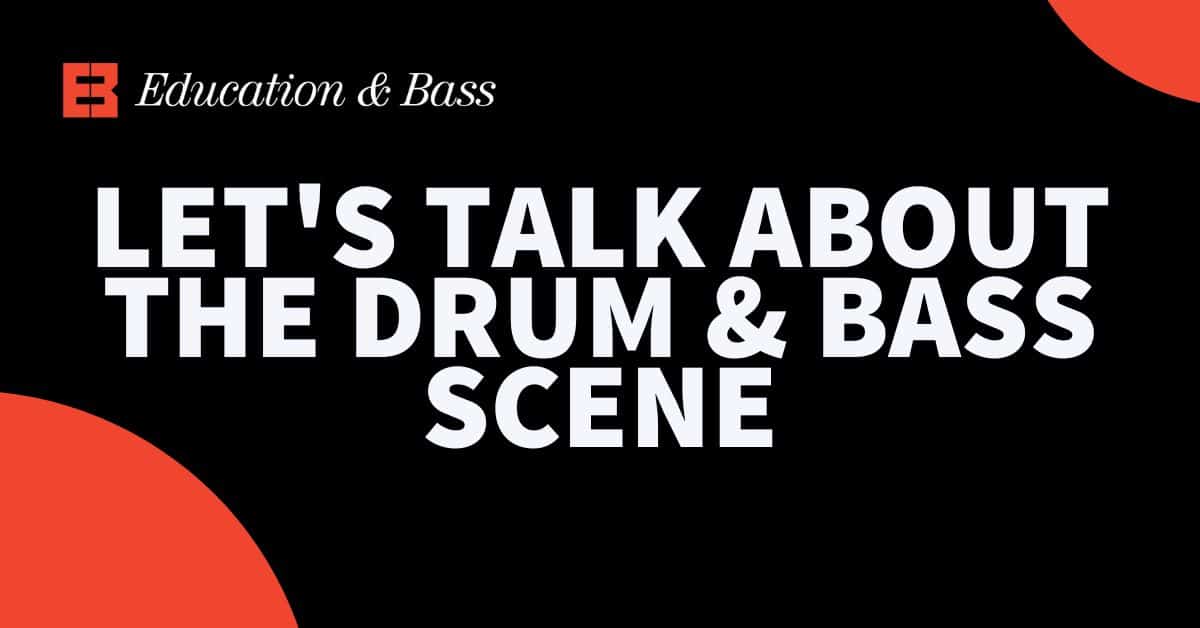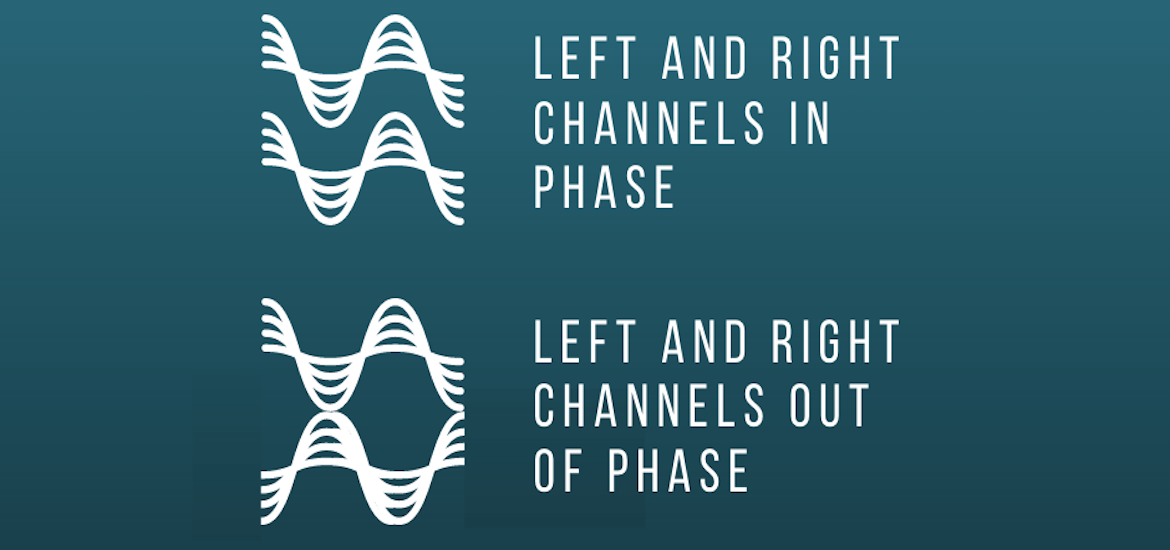Resampling // Creative Processing
By Nurve - 3 years ago
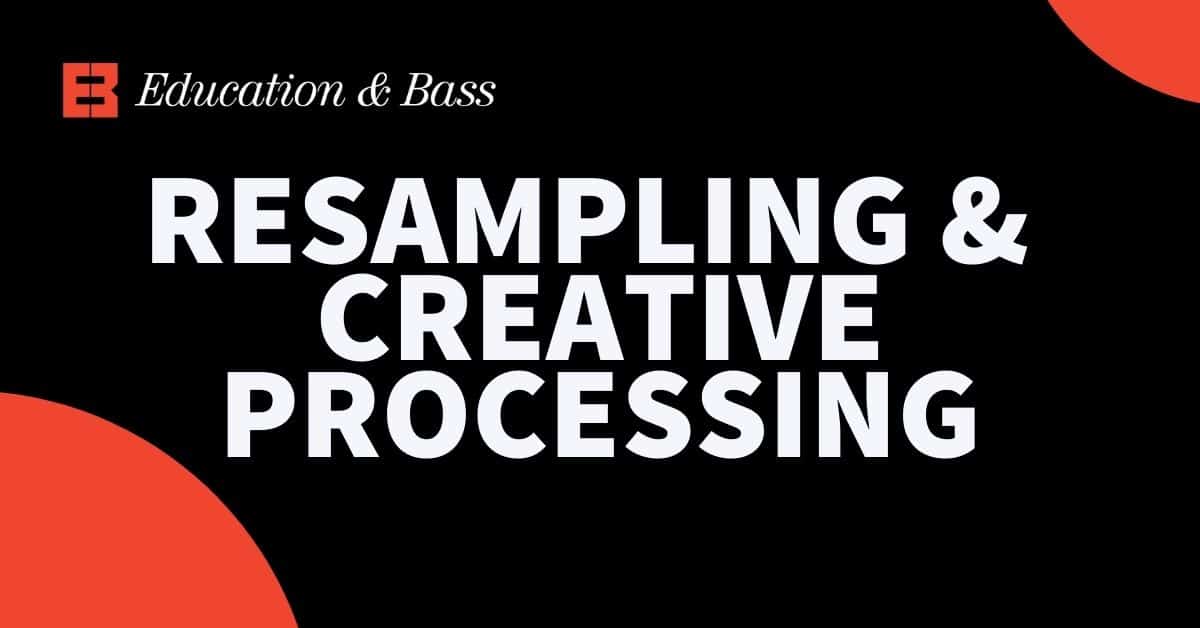
Resampling is one of the most fun and interesting ways to make sounds for your music and in particular, Bass. Bass is one of the most fundamental components of electronic music. Any genre from House, Techno right through to Drum & Bass, has bass. There are different types of bass such as sub bass, mid range bass, 808 bass and more. One thing that is for certain – when you add any type of bass to your track as a producer or simply just hear bass in a track as a listener, you instantly begin to smile (or at least I do). P.s how many times did I write the word ‘Bass’ in that opening paragraph…
I have spent over twenty years writing electronic music and there isn’t a type of bass that I haven’t utilised in either Grime, Dubstep or Drum & Bass, which are the three main genres I have worked with over the twenty years. From clean sine waves to square, sawtooth and wavetables, they all individually have there own place in a track but they can also be combined through technology to create some very unique (sometimes bad and good) bass sounds.
My reasons for sharing this with you is because over the years I have found that the resampling process of any sound has made music production so much more fun – not to say that it isn’t fun already btw… but it can get stressful at times lol (mixing, mastering blah blah). At the very core of resampling is Sound Design, not in all of it, but a lot of it, and I hope that sharing all of this with you will hopefully give you a different perspective on how to approach not only how you go about creating your sounds but also how you might approach your studio sessions in the future.
I would like to briefly speak about synthesis as for me, synthesis plays a huge part in how I create basses (and other sounds) for my music. I use a variety of soft synths to create bass – mainly Serum – but I also like to use my hardware synths such as the Virus, Neutron and my Korg Mininova. They all bring something different to the table in the way of processing capabilities along with the sound and tones that they generate.
FM Synthesis is widely used and if you are not familiar with it I would recommend you check it out because it is a very interesting but simple technique and if, or when you do start to use it you will go ‘ah… that sounds like the bass in that track…’. that’s how much it is used, especially in Drum & bass.
Ok… you’re probably saying to yourself “Why is this guy waffling on about bass this and bass that… I thought this was meant to be about resampling!”… Bear with me…
Resampling
Resampling is by far, for me, the most exciting thing about making music when it comes to basses (or other sounds). The possibilities are endless when you view each step of creating a bass with the intention of continuing the processing beyond that point. From creating a bass in a synth to then recording it to audio and then adding the bass into a sampler, further process it and repeat the process of recording it to audio as many times as you like. It truly is something I can do for hours and there are no rules when working in this way but a lot of it is left to chance and at times it can go wrong where you have over processed the bass at one of the stages and you end up with audio that you don’t really like or wish to do anything with, but that will get better with time and practice and look on the bright side, you have probably learnt a tonne of stuff along the way.
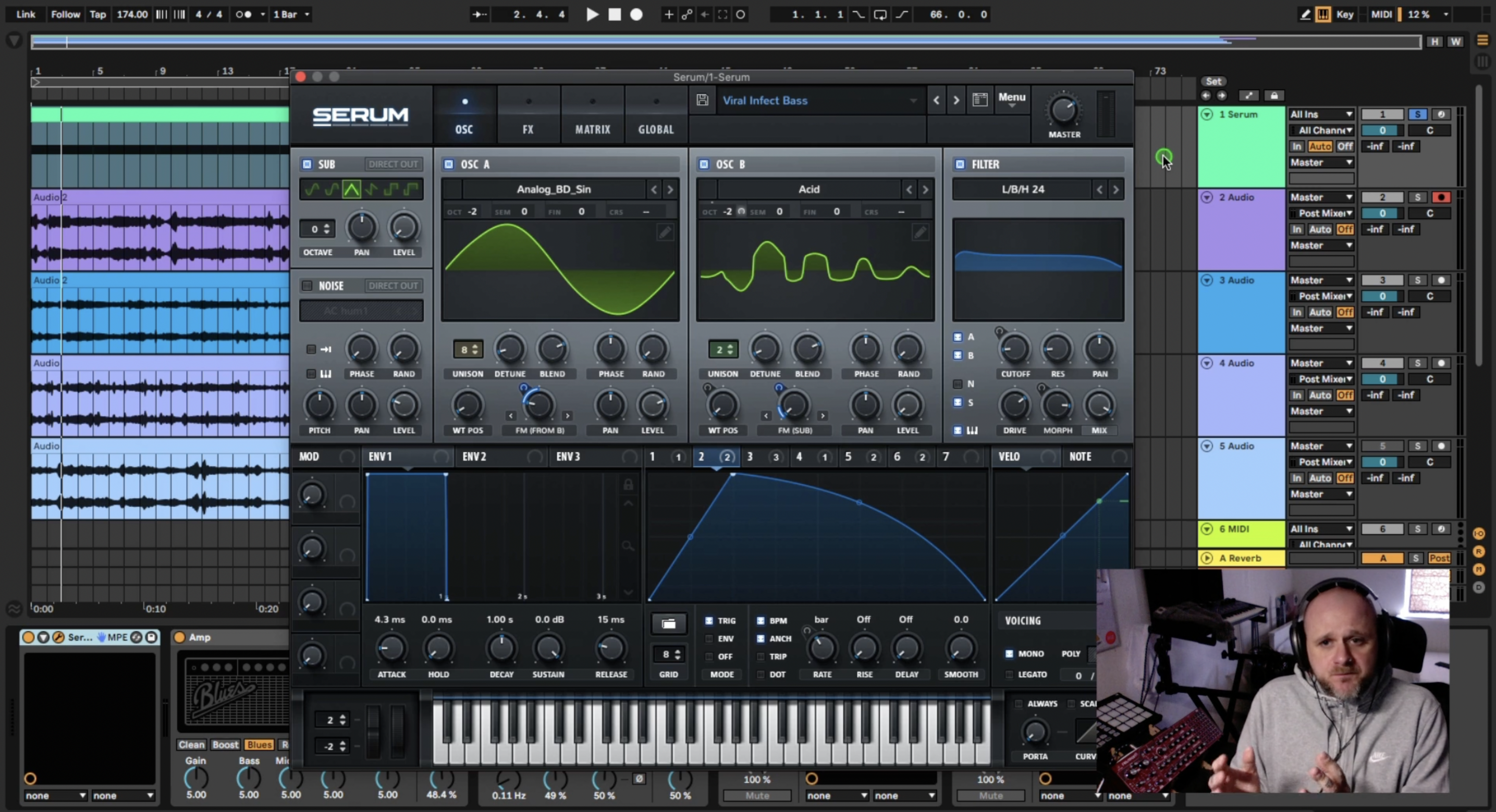
The one thing I like most about working with hardware synths is that due to the nature of how they are set up to work in your DAW (in a hybrid studio setting) means that resampling is pretty much mandatory (for me it is at least). Anytime I have used my hardware synths I have always recorded the sounds to audio and then integrated them into my track because that’s just how it feels most comfortable for me. Whilst recording the sounds out of the synth I would get very hands on with the tweaking of filters, switching through different fx and other parameters of the synth in realtime and this encourages even more interesting results. The same can be done with soft synths and a midi controller (depending on the type of midi controller) where you can assign parameters from the soft synth to dials on your midi controller. Most synths will allow you to do this with a simple right click of a mouse and selecting ‘midi learn’ and then turning the dial on the midi controller to assign and activate it.
Once the basses (or other sounds) are recorded to audio you can process them with stock DAW plugins or 3rd party plugins before bouncing them down (again) to audio and dropping them into a sampler. This is why it is very important to keep practicing resampling because much like everything else in music production the more you do it the better you become at it and the more incremental processes you will introduce into your resampling workflow. there really are no rules and the more you can think out-of-the-box when it comes to this type of thing the more interesting the results.
This blog post is very much headed up and weighted towards resampling synthesis to create basses but that is just one part of resampling…
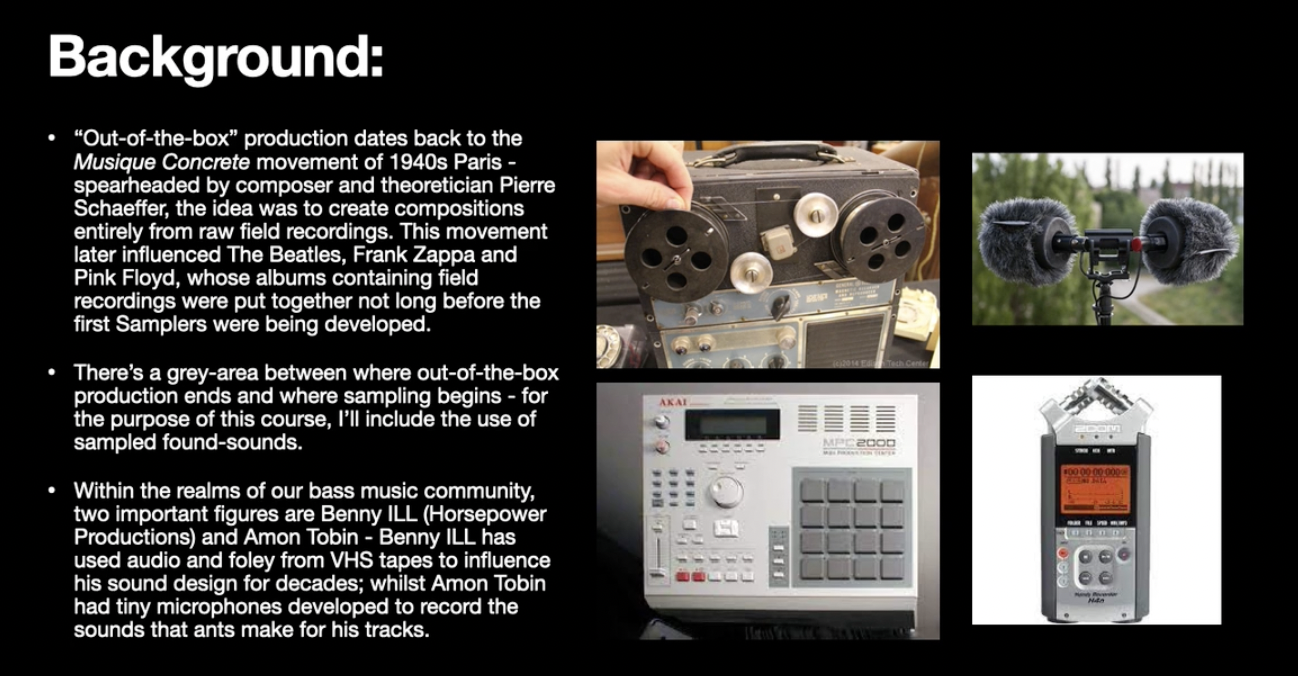
When we talk about resampling we can cast the net out as far as we like. From synthesis right through to foley sounds recorded with a field recorder or even a smart phone. Sound is all around us and as long as we have a way of capturing it, we can use it. I personally use both a Tascam field recorder and my Iphone to capture sounds to import into my DAW and potentially use in my music. I really enjoy creating soundscapes and ambience for my intros with outdoor recordings from a long walk with my family to the hustle and bustle of a weekend shopping trip. The same principles apply as to when I create my bass in the sense that I will process and resample my sounds over and over again to create unique pieces of audio to give parts of my music a different dimension, character, and tone. I have made atmospherics, FX, melodies, percussion and more out of field recordings and resampling. Once again, the more you practice this the better you will get at capturing sounds because tbh, my first thought when I leave my house isn’t to pick up my field recorder and record whats going on around me but with my phone it makes things a lot easier as I never leave my house without my phone – I just need to remember to hit record when I am out an about…
So, I have written about Sound Design, Resampling, Synthesis, Foley Sounds and for me, this is what music production (creativity) is all about. My approach to every studio session is not to make the next “banger”, I am not even intending on making a next track that will hopefully get signed to a label that I admire and wish to work with… My aim is simply to get in the studio and see what sounds I can come up with and from that a track will most probably surface as a byproduct of that studio session that I can then work on and develop… and if it don’t, then it’s all good, because what we learn in these studio sessions outweigh the end product.
Check out these courses below if you wish to delve a bit deeper into resampling and the creatives ways of doing so.
Creative Bass Processing w/ Nurve
Sounds from Out-Of-The-Box w/ Ekula
Recording & Resampling (Analogue / Digital) w/ LSN
Big up and I will catch you on the flip!
– Nurve

